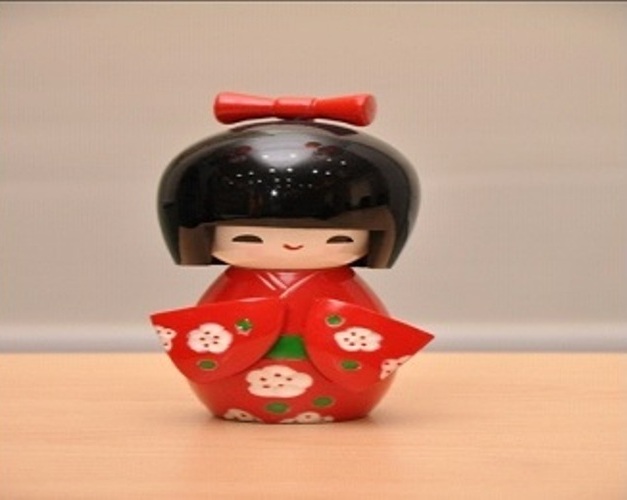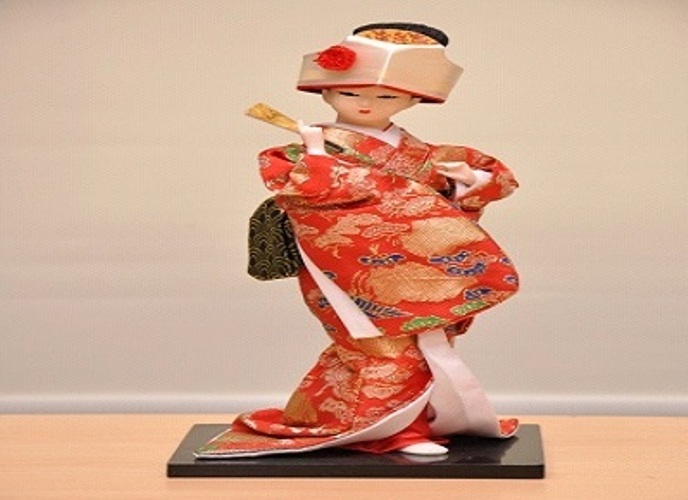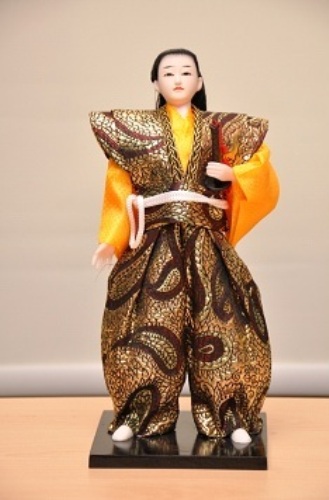
- Name :Prof Challa Ramakrishna
- Designation : Director
Japan Information and Study Centre - Phone : +91 9441663874
- Email : ramkchalla@gmail.com
PROFILE
The Japan Information and Study centre is the first being set up by Mitsubishi Corporation in a University in the country. The centre was supported financially by the Mitsubishi Corporation as part of its corporate social responsibility to the tune of Rs 27 lakhs for the year 2015-2016.
The purpose of the centre is to promote Japanese language and culture as India and Japan share their oriental culture as well as healthy traditions. The center came into existence at the instance of the Chief Minister Nara Chandra Babu who initiated a Japanese language course in the state. Indeed, the Centre was inaugurated by Vice-Chancellor, Prof G S N Raju in the presence of chairman and managing director of Mitsubishi Corporation India Pvt. Ltd., Mr Masakazu Sakakida on December 14, 2015. The director of the Centre is Prof. D V R Murthy, Head of the department of foreign languages and chairman, board of studies, department of journalism and mass communication.
The centre is located in the first floor of Social Sciences Building, opposite the Nagarjuna Hostel, near Siripuram. The centre houses many artifacts of Japan in the study room and the class room to reflect Japanese culture, and many items like samurai, Kokeshi and Geisha dolls adorn the study room. Even the class room is furnished with wooden chairs, air-conditioners while cultural items of Japan have been embellished on the walls. These apart, several books have been kept in the study room for the Japanese learners. One ad hoc faculty is appointed to teach the Japanese diploma course to the students.
The admission into the 6-month diploma course begins in August every year. The admissions are made by the Directorate of Admissions of the Andhra University, located in the Vijayanagar Palace, Peda waltiar every year, and a notification is given in the website, www.andhrauniversity.edu.in. The director of the centre can be contacted on the email: japaninfoau@gmail.com. The classes are conducted thrice a week, i.e. Monday, Tuesday and Wednesday.
Some of the cultural items that are seen in the Centre are presented here.

These handmade wooden dolls are thought to date back to the early 19th century. The dolls may originally have had a spiritual significance with the kokeshi representing a wish for a healthy child. It is also suggested that kokeshi, with their round heads and limbless bodies probably made in an unpainted form originally, were used as massage tools by spa bathers. In addition to being ornamental, they are also seen as charms to prevent fires or even ward off evil influence.

Geisha represents a professional entertainer at a licensed establishment. They grew up in a special world, surrounded by other women devoted to traditional Japanese song, dance, and music. The appearance of geisha is fascinating to the Western eye. To some she represents the old traditional beauty of Japanese women. Her hairstyle is fashioned after the leaf of the gingko tree (icho) and has many ornamental hairpins (kanzashi) inserted in the top knot. Her lips are painted red, and the rest of her face is powdered white with slight accent at the eyes. The white face color has been traditional symbol of beauty in Japan for centuries. This distinctly Japanese creation embodies the folklore and culture of Japanese.

The samurai tradition is unique to Japanese history. As the venerated guardian of the people, the samurai is trained from birth to respect his birth right and attain the highest honors of his class. This class was next to the Imperial family in the strict social strata of Japan. The dolls costumed in the finest silk and gold brocades, were model warriors outfitted in the supreme armor.

Orgami , the part of folding paper into beautiful and useful shapes, is a Japanese tradition that is becoming more and more popular world over. Folding paper has its history in ancient times, in ceremonies performed in the court and in shrines. In those days paper was very expensive, and only the elite could indulge in the ritual of paper folding. Later, origami developed into an art form as well as an entertainment. Origami was introduced into the primary grades of the Japanese school system under the rationale that paper play would develop logical thinking (especially in mathematics), imagination, creativity, and manual dexterity in children. Today the use of origami is still a favoured educational approach for teaching the relationship between a plane and a solid.

The kimono is a Japanese traditional garment. The word "kimono" , which actually means a "thing to wear" has come to denote these full-length robes. Kimono as we know them today came into being during the 8th century. Today, kimono are most often worn by women, on special occasions. Men wear the kimon at weddings, tea ceremonies, and other special or very formal occasions. Professional sumo wrestlers are often seen in the kimono because they are required to wear traditional Japanese dress whenever appearing in public. The way a kimono is worn is of utmost importance, and often a second person or "dresser" is required to help tie cords, adjust the sleeves and neck and wind the wide belt.


